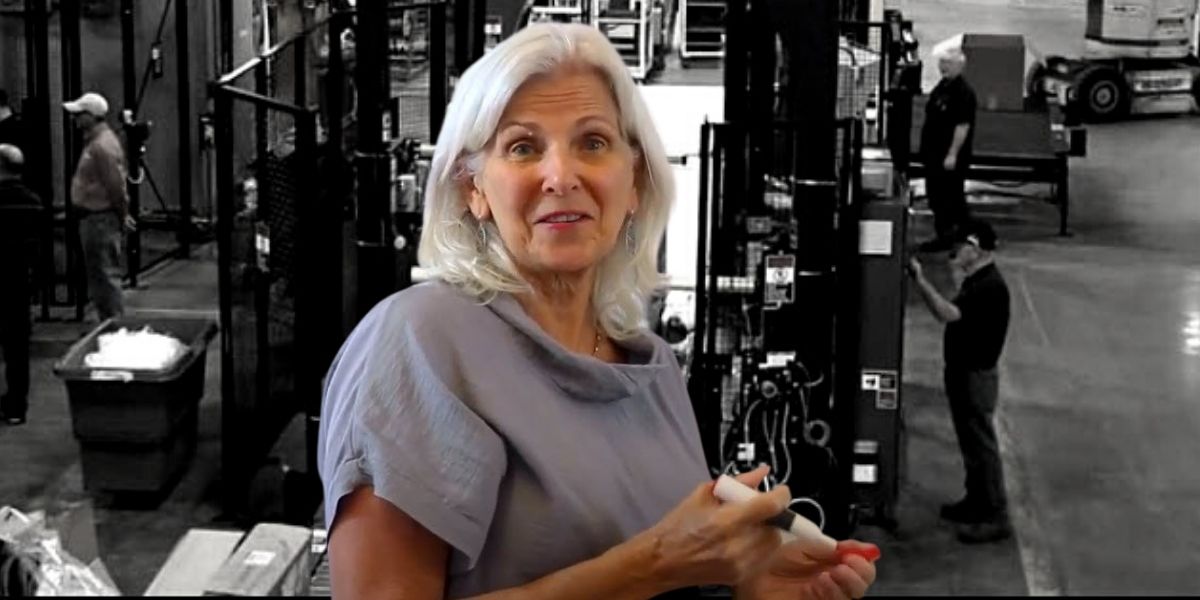“Here, Mark, I think this book will help.” I will be forever thankful for Stuart Varner of a small injection molding company in Poynette, WI, recommending The Goal by Goldratt as I started working on my first manufacturing project early in my finance career. For years, I waited for the perfect book on Throughput planning, reporting, and analysis. Not only is Throughput Economics thorough, but it’s readable. Visiting with one of the authors was a treat.
Interview Highlights
- The primary reason cost accounting controls mindshare within leadership teams
- A shoutout to Eli Schragenheim and Rocco Surace, the co-authors
- The origin story of the book
- A definition of throughput and why Mark uses the term financial throughput when he’s not on the plant floor or observing WIP for projects of any kind
- Throughput is not just a manufacturing term
- Henry’s identity is revealed in Goldratt’s, Isn’t It Obvious?
- “The cost world believes every product has a true cost per unit.”
- Truly variable costs
- Investment and/or inventory
- Gross profit and throughput are not the same thing
- Camp’s law, “When in doubt, choose the less efficient route.”
- One company with three potential bottom lines – all three are correct
- The unintended consequence of using too many numbers to monitor progress in the business
- The problem with ranking people
Throughput is the flow of money you get a chance of spending. It’s sales less truly variable costs. Or, it’s a flow of money that can be spent.
Henry Camp
Learn the three most impactful numbers in any business: throughput, operating expense, and investment. Apply these key numbers through story and examples from the authors.
Book Excerpt
I love book origin stories. There are either one or more triggering events that push an author to collect his or her thoughts and ultimately convey that raw material in a form that can help others.
While I asked Henry about the origin story of the book, I did not address the following excerpt, which I believe had a profound impact on his career moving forward and led to many of the great ideas and concepts in this book.
The following excerpt is in a footnote on page 20 of the Kindle version.
Many years ago, one of us, Henry Camp, used his programming expertise to modify his company’s ERP system to calculate and track net profit per invoice for several months.
To his dismay, one month, the sum of the thousands of estimations was low, and the following month it was high. When it proved to be roughly accurate one month, he realized that it was simply a fluke due to sales being close to budget.
Even in this relatively simple company, a distributorship with precisely known costs of goods sold, in a good month, the sum of the profits of all the invoices was much lower than actual profits. In slow months, it was quite a bit higher than the accounting profit.
Since sales varied +/−25% month to month, even without seasonality, Henry found the estimated net profit per item, per invoice, and per customer completely useless.
The following month, just by chance, he read Goldratt’s novel, The Goal, which changed his approach ever after. A properly conducted scientific experiment can be quite elucidating.
What Not to Measure
One of my favorite parts of Throughput Economics is the section on what not to measure in chapter 20. Here’s that impactful list:
- local measurements
- sales (if you understand throughput, you’ll understand why this is on the list)
- measuring against a fixed budget (it helps to know the work of Deming on this one)
- reductions in OE
- measuring labor productivity
- comparing the output of any worker to other similar workers
- net profit per department
- measuring two numbers divided together (Henry discusses his reasoning in the interview
- measuring too many things
The Race
During my conversation with Henry, I was slightly negative about Goldratt’s follow-up book to The Goal. Goldratt wrote The Race to explain further the concepts of throughput, operating expense, inventory amount, and other relevant ideas in a simplified format.
However, the book is choppy and short on detailed explanations. Goldratt defines inventory as anything purchased that is intended to be sold. This definition is far too shallow and/or limiting. Capital-intensive businesses need investment to support and fulfill acceptable levels of throughput. (Thankfully, Henry addressed this during the interview). Accordingly, let’s change inventory (the ‘I’ in throughput planning, reporting, and analysis) with investment beyond sellable goods.
In Goldratt’s defense, The Race is not a book; it’s a workbook. I assume he wrote it as a guide for consulting clients and implementors.
While Throughput Economics is long on math, examples, and qualitative content regarding the theory of constraints, I still recommend The Race. Be ready for a letdown if you were expecting something more.
The first guide that Goldratt wrote after publishing The Goal. The workshop-style manual provides many tools and examples to implement continuous improvement activities based on TOC concepts.
Books Mentioned
- Isn’t It Obvious? by Eliyahu Goldratt
- Managing Corporate Lifecycles by Ichak Kalderon Adizes
- Requisite Organization, Executive Leadership, and Social Power and the CEO by Elliott Jaques
- Goldratt’s Rules of Flow by Efrat Goldratt-Ashlag
For Additional Reading (Important Links)
- Eli Schragenheim blog (one of the co-authors)
- Goldratt Bharat
- The Vanguard Method
- Kelvyn Youngman
- Rocco Surace bio page
Episode Pairings






Leave a Reply